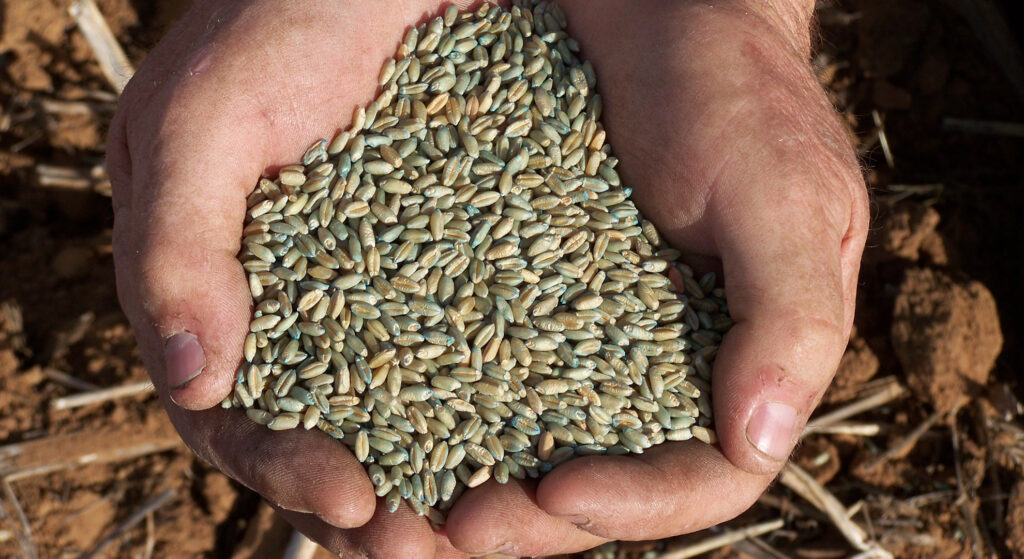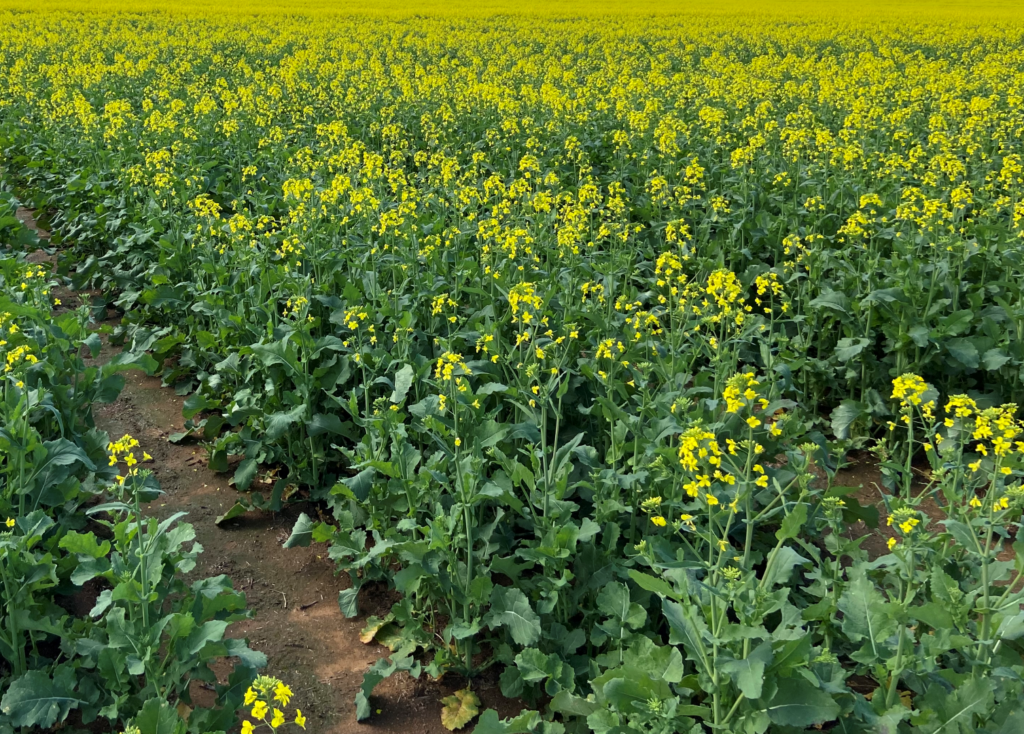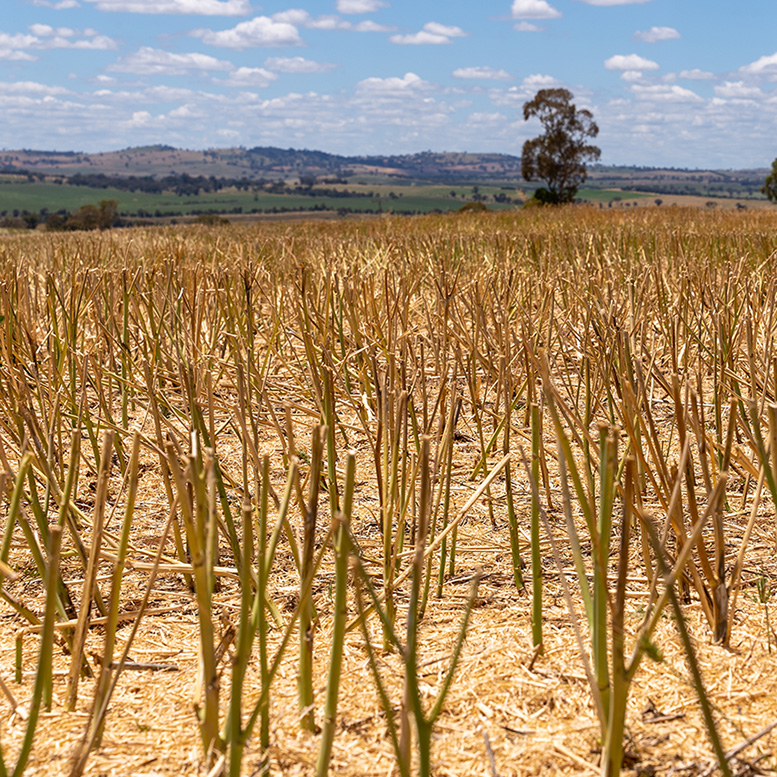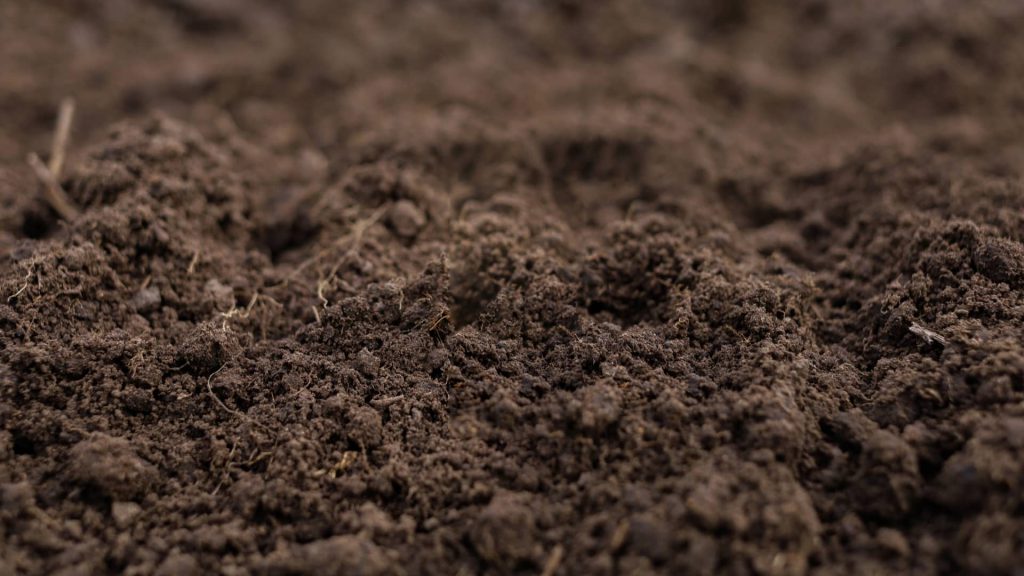Agronomic Insights
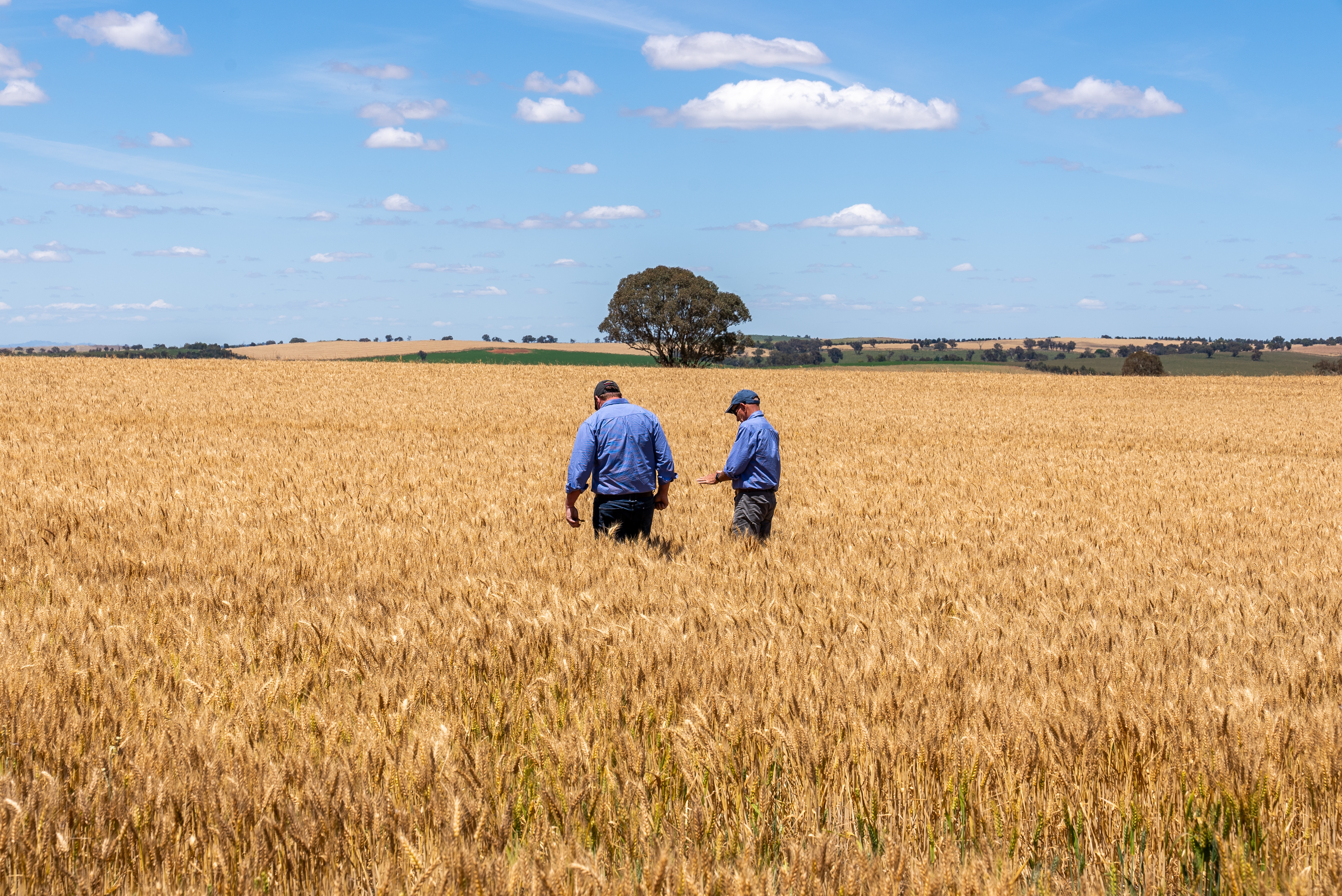
Jim Laycock – IPF Technical Agronomist
The 2022 winter crop season had it all. Major flooding, lost crop, crop not planted, crop replanted and lost again and a major outbreak of stripe rust in wheat. The wet conditions, mild winter weather and inaccessible paddocks made controlling early stripe rust infections difficult and led to significant yield losses.
In 2023, stripe rust pressure is likely to be high early in the season and will need timely management. An in-furrow treatment with flutriafol fungicide on starter fertiliser will generally control stripe rust for 6–8 weeks from sowing, suppressing seedling infections and reducing the disease pressure within that crop. This can have the additional benefit of reducing pressure on surrounding crops or later sown varieties, along with activity on other cereal diseases such as take-all.
The complete 2023 guide for stripe rust management is available at this link NSW DPI Stripe-rust-management-2023.
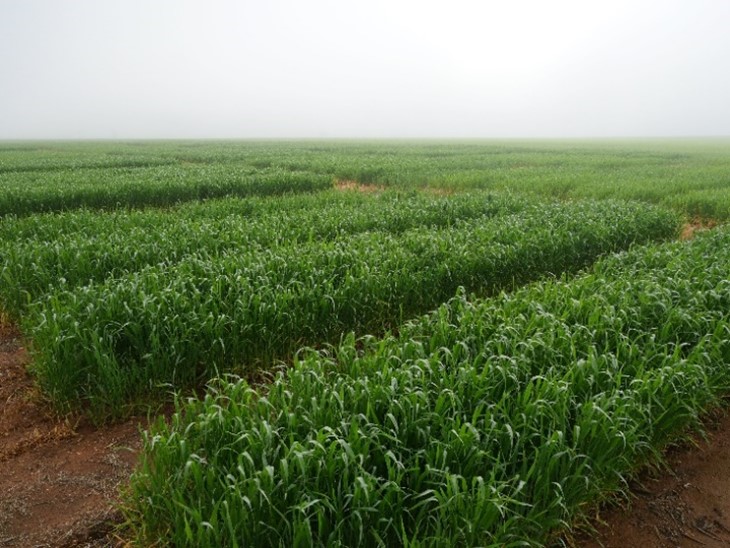
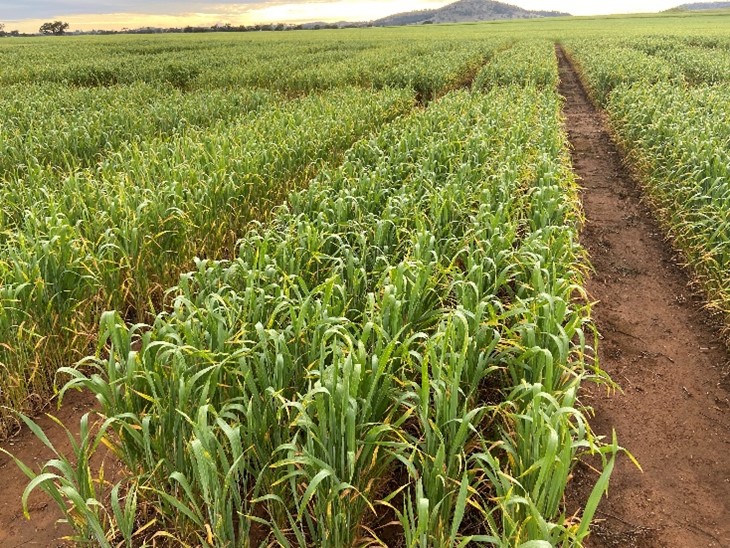
IPF Grenfell long-term trial site. Coolah wheat received an application of foliar fungicide on 19 August 2022 but access to the paddock was difficult due to flooding. Left: 16 September 2022. Right: same plot on the 28 September 2022.
Flutriafol fungicide can be added to planting fertilisers for in-furrow application (sown in the same furrow as the seed, not broadcast), for the control of certain diseases in wheat, barley and canola. For Strip Rust control in wheat, use:
- 100 to 200mL/ha where up to 100 days protection is required
- 300 to 400mL/ha when 120 to 130 days protection is required
- Where heavy Strip Rust pressure is expected, use 400mL/ha only
The effectiveness of flutriafol treated starter fertiliser will depend on a number of factors.
Incitec Pivot Fertiliser Product Distribution Centres can effectively treat a range of fertilisers with flutriafol fungicide at despatch.
Placement
It is recommended that flutriafol treated fertiliser is placed in the seed furrow with the seed. When applied with fertiliser it enters the roots of the developing plant and is transported throughout the plant. Flutriafol breaks down slowly and remains available to be taken up by the roots for extended periods, which is essential for disease control during the first 6-8 weeks of the season.
If flutriafol treated fertilisers are placed below the seed or side banded away from the seed, poor early root access may reduce early protection. Seasonal factors like cold, wet soils may also effect crop emergence, root development and slow the uptake of fungicide. Fungicide uptake by developing roots may also be reduced if the fertiliser rates is less than 40kg/ha.
When flutriafol is applied in-furrow as a fertiliser treatment in canola, wheat and barley, plants must not be grazed or cut for fodder for four weeks after planting.
When applying fertiliser with the seed it is important to take into consideration the rate of nitrogen in direct contact with the seed and the potential to adversely affect germination and emergence. The rate at which nitrogen can be safely applied in contact with the seed depends on many factors including the soil type, its moisture status, the row spacing, amount of soil disturbance, e.g. minimum tillage versus a fully prepared seedbed and crop type. The rate can be as low as 15 kg/ha N in winter cereals where soils have marginal soil moisture and disturbance is minimal, e.g. at wider row spacings with a disc opener. Small-seeded crops, such as canola, are less tolerant of nitrogen with the seed than the larger seeded cereal grain crops. Read more on fertiliser application with the seed here: Managing-fertiliser-application-with-the-seed.
Fertilisers
The effect of flutriafol fungicide on product quality varies with the product and local climatic conditions. The more humid the environment, the more likely it is that storage characteristics and flow rates will be affected. The treatment of fertiliser with fungicide may also affect flow rates through planters. Application equipment should be calibrated to ensure the correct rates of fertiliser and fungicide are applied. Treated fertiliser should not be stored for extended periods of time before use.
Flutriafol fungicide should not be added to SuPerfect, due to the variation in its particle size.
DAP is more likely to be adversely affected by the addition of flutriafol fungicide than MAP and MAP-based fertiliser such as Granulock® SS and Granulock Z. This is because the higher nitrogen content of DAP makes it more likely to absorb moisture and DAP has a lower Critical Relative Humidity than MAP. Incitec Pivot Fertilisers has found that the quality of DAP is most likely to be affected by the addition of flutriafol fungicide at rates above:
- 4 L/t ex Geelong;
- 6 L/t ex Distribution Centres in South Australia.
Higher rates of addition (up to 6 L/t) can generally be used with MAP.
Blends containing more than 35% Urea and/or Gran-Am® (granulated ammonium sulfate) may be adversely affected by the addition of flutriafol 500g/L active fungicide. Incitec Pivot Range Blends that contain more than 35% Urea and/or Gran-am include:
- Crop Lift 15
- Granulock Z 15 S
- Granulock Z 20 S
- Granulock Z 25
- Granulock Z 29
- Mallee Mix 2 Zn 1.5%
- N-Rich 26
- N-Rich 32:10
It is recommended that the concentration of Urea and/or Gran-Am not exceed 50% in any blend to which flutriafol 500g/L active fungicide is added.
The rate at which flutriafol fungicide needs to be added to fertiliser to achieve the desired fungicide application rate per hectare will depend on the rate at which the planting fertiliser is being applied. The higher the fertiliser rate, the lower the fungicide addition rate will be. Two things to keep in mind are:
- at low addition rates, less than 2 L/t (two litres per tonne), coverage of the fertiliser granules with fungicide is less uniform;
- addition rates over 4 L/t may adversely affect the flow rate and handling characteristics of dusty or poorly granulated fertilisers, and those high in nitrogen.
As a result, customers may be required to sign a disclaimer when ordering fertilisers treated with flutriafol 500g/L active at rates outside of the 2 – 4 litres/tonne range.
Flutriafol 500g/L active fungicide addition rates per tonne of fertiliser, to apply the required rate of fungicide, are detailed in the table below. The lowest fungicide application rate that can be applied through the equipment operated by Incitec Pivot Fertilisers is 1 L/t. The rate can be adjusted upwards by the following increments per tonne – 0.3, 0.5, 0.8 and 1.0 L/t.
| Fertiliser (kg/ha) | 100 mL/ha | 200 mL/ha |
| 40 | 2.5 | 5.0** |
| 50 | 2.0 | 4.0** |
| 60 | 1.8* | 3.3 |
| 70 | 1.5* | 2.8 |
| 80 | 1.3* | 2.5 |
| 100 | 1.0* | 2.0 |
| 120 | – | 1.8* |
* Coverage is less uniform at rates below 2 L/t.
** Product quality may be affected at rates above 4 L/t.
Transport and Handling
Equipment (such as augers, silos and trucks) used to store, handle and transport fertiliser must be thoroughly cleaned before being used for other purposes, e.g., for grain. The presence of fungicides may affect compliance with food safety standards and the marketability of farm produce on domestic and international markets. More detail can be found in the IPF Use Directions Flutriafol.
Sweep or use compressed air to remove most of the dust, then wash with detergent. Do not allow rinsate to enter waterways. If on farm, the waste can be disposed of by spreading lightly and uniformly on agricultural land that will be planted to crops in which the fungicide is registered for use.
Safe Handling
Avoid eye or skin contact and dust inhalation. Do not handle fertiliser treated with fungicide with bare hands.
Further information
For more information and advice about fungicides, please contact me on 0427 006 047 or email jim.laycock@incitecpivot.com.au.
You can also refer to the IPF Use Directions Flutriafol
® Granulock and Gran-Am are registered trademarks of Incitec Pivot Limited.
Resources
DOWNLOAD INSIGHTDISCLAIMER
This is a guide only, which we hope you find useful as a general tool. While IPF has taken all reasonable care in the preparation of this guide, it should not be relied on as a substitute for tailored professional advice and IPF accepts no liability in connection with this guide. Incitec Pivot Fertilisers manufactures and sources fertilisers from other suppliers. The fertiliser supply chain extends beyond the company’s direct control, both overseas and within Australia. Incitec Pivot Fertilisers hereby expressly disclaims liability to any person, property or thing in respect of any of the consequences of anything done or omitted to be done by any person in reliance, whether wholly or in part, upon the whole or any part of the contents of this article.


